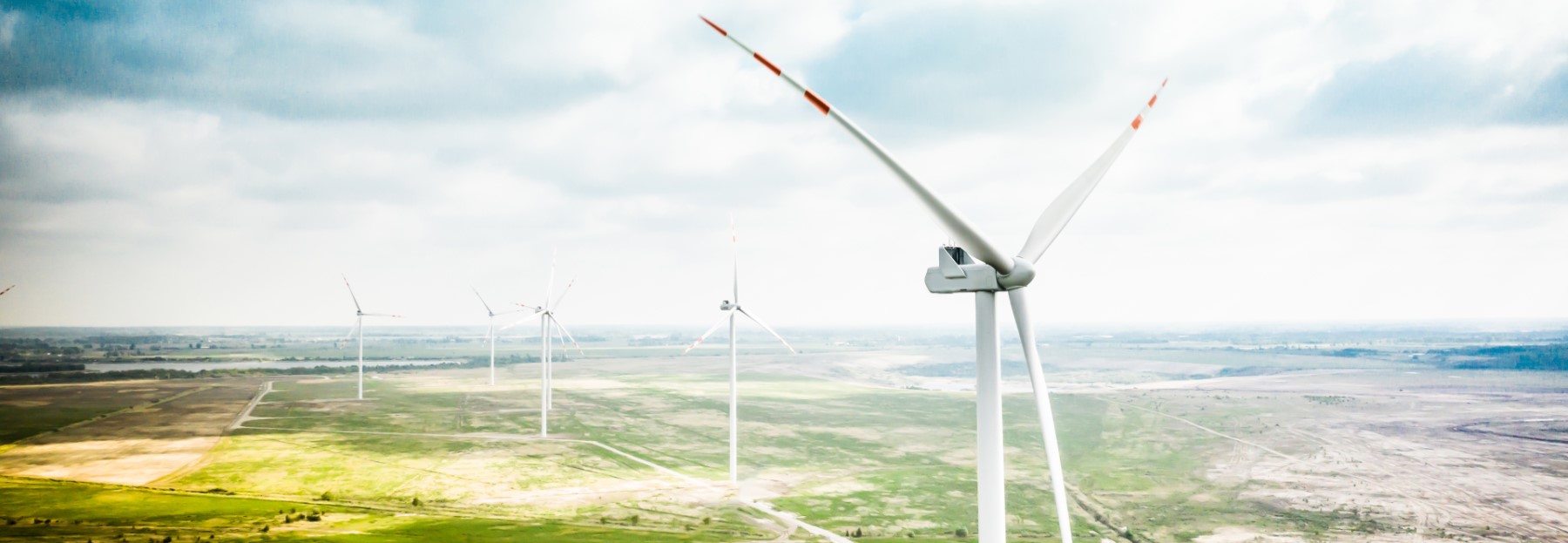|
Degree of compliance |
Position in the Report |
|
CORPORATE GOVERNANCE
|
| Management of climate-related risks and opportunities |
 |
Governance around environmental and climate-related issues
Policies and internal regulations
|
| Management’s role in assessing and managing climate-related risks |
 |
Sustainability, Taxonomy and climate transition |
| STRATEGY |
| Climate-related risks and opportunities identified by the organisation over the short, medium, and long term |
 |
Decarbonisation strategy
Climate changes risks
|
| Description of the impacts of climate-related risks and opportunities on the organisation’s businesses, strategy, and finance |
 |
Climate changes risks |
| Analysis of business model resilience, taking into consideration different climate related scenarios |
 |
Analyzes of business model resilience scenarios to climate change |
| RISK MANAGEMENT |
| Processes for identifying and assessing climate risks |
 |
The risk of transformation and technological change |
| Processes for managing climate-related risks |
 |
The risk of transformation and technological change |
| Description of how climate-related risks are integrated into the organisation’s management system |
 |
Climate changes risks |
| METRICS AND TARGETS |
| Metrics used by the organisation to assess climate-related risks and opportunities in line with its strategy and risk management process: |
 |
Environmental compliance,
Water and wastewater management,
Air emissions,
Waste,
Capital expenditure,
Grievances,
Environmental fees,
Biodiversity protection,
Energy management
|
| Scope 1, Scope 2, and, if appropriate, Scope 3 greenhouse gas (GHG) emissions, and the related risks |
 |
Carbon footprint |
| Targets used by the organisation to manage climate-related risks and opportunities and performance against targets |
 |
Decarbonisation strategy |
